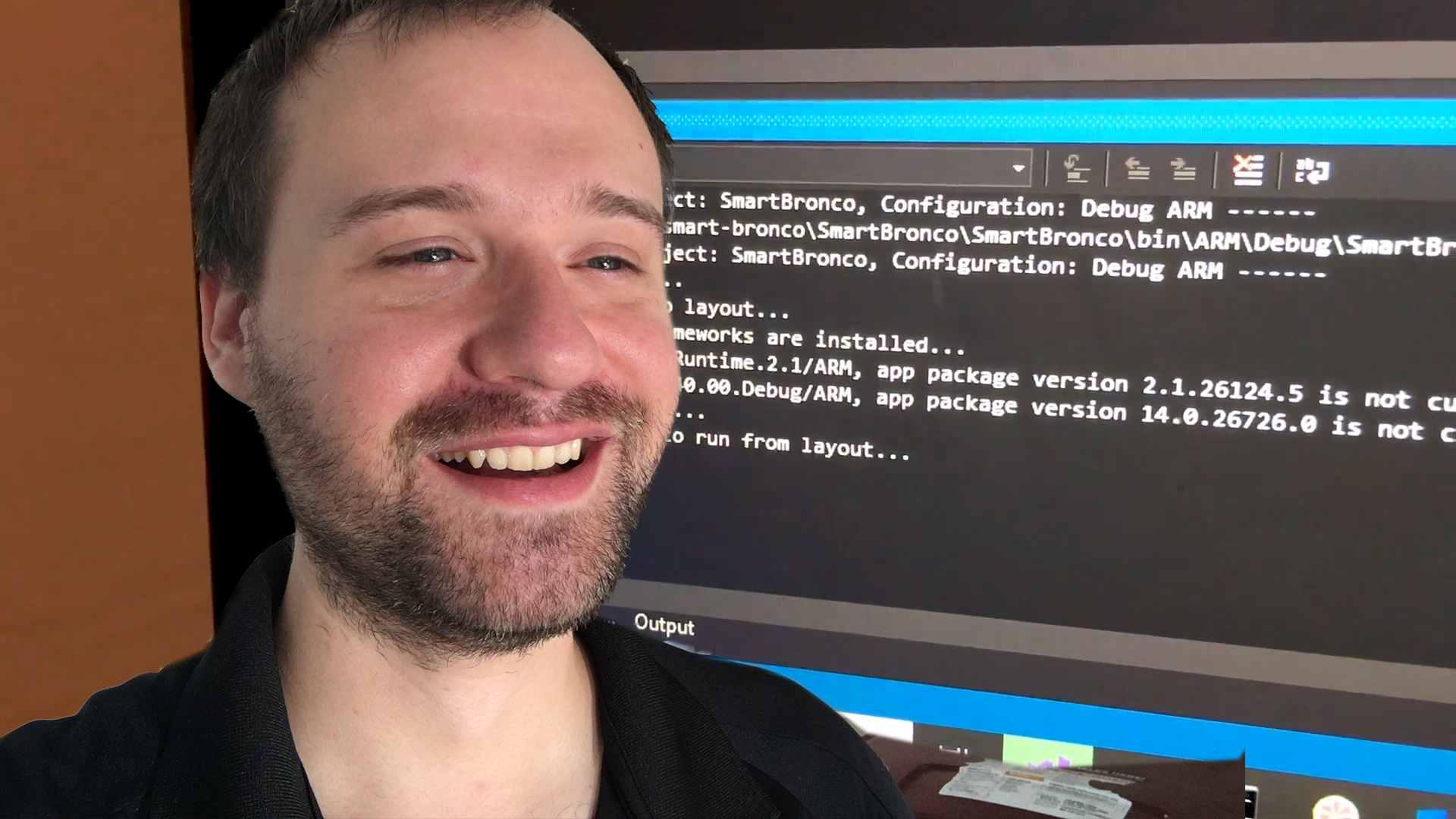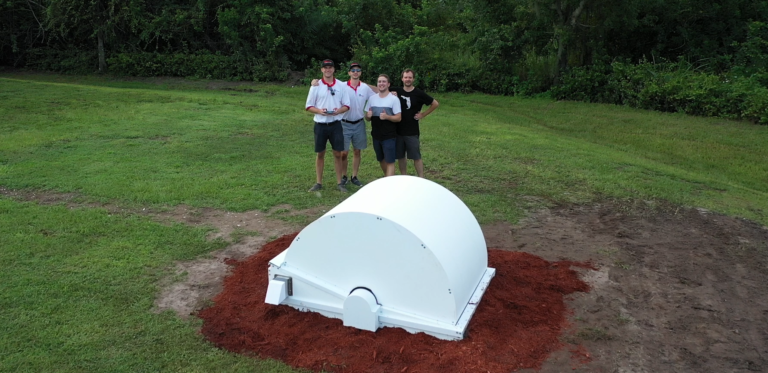Developing a typical software application locally often involves an IDE (Integrated Development Environment) or even a simple text editor (even Notepad), some sort of build system in the case of compiled languages (like C#) or an interpreter in the case of interpreted languages (like JavaScript). The process often looks like this: Write some code, compile it, run it, see what’s changed. If you are really cool, you can just run some unit tests as you develop to find out if what you have is working rather than running the whole application just to test one thing.
When you are developing for an IoT device, it can get more complicated. Sometimes there are emulators available that can simulate the physical device, other times it makes more sense to actually deploy code to the physical device. If there’s a physical device in the mix, you can deploy code over the wire, like through a USB cable that connects your device to your computer, or over WiFi, or in certain setups even through the internet. For my Raspberry Pi 3, running Windows 10 IoT Core, I can develop locally using Visual Studio and deploy over my local WiFi new code to my RPi directly from within Visual Studio. For most devices, there are a few ways to develop and deploy to it and it’s highly dependent on the platform of choice.
Whatever the process, reducing the time it takes from changing something to finding out if it works is very important. The first line of defense I have for being able to iterate quickly is unit tests. Unit tests can run very quickly, and can run against most of the code base all at the same time. Although they can be a pain to set up, the long-term efficiencies gained from knowing that most of your code works every step of the way is a huge time-saver.
This is true of regular development. When IoT is thrown into the mix, with the additional time it can take to deploy code to an emulator or a physical device, the efficiencies gained can be even greater than from application development. The next tactic is to use emulators when you can (as it’s typically faster than deploying to a device), and then when you do have to deploy to a device, make it as repeatable and quick as possible.

